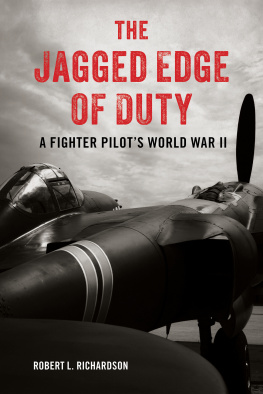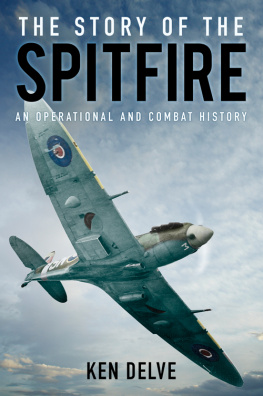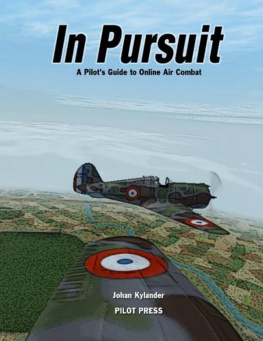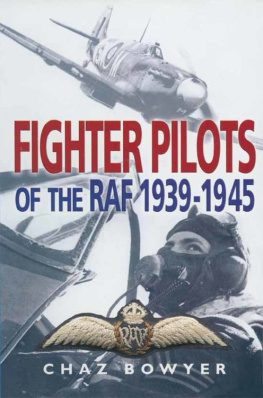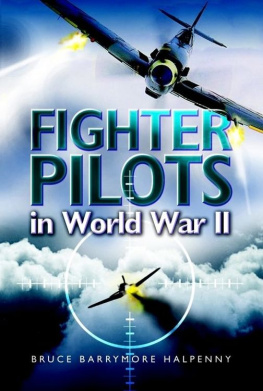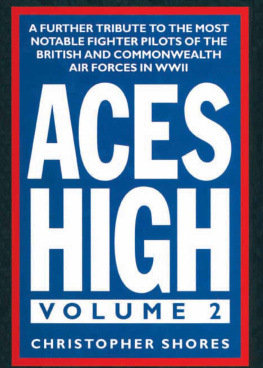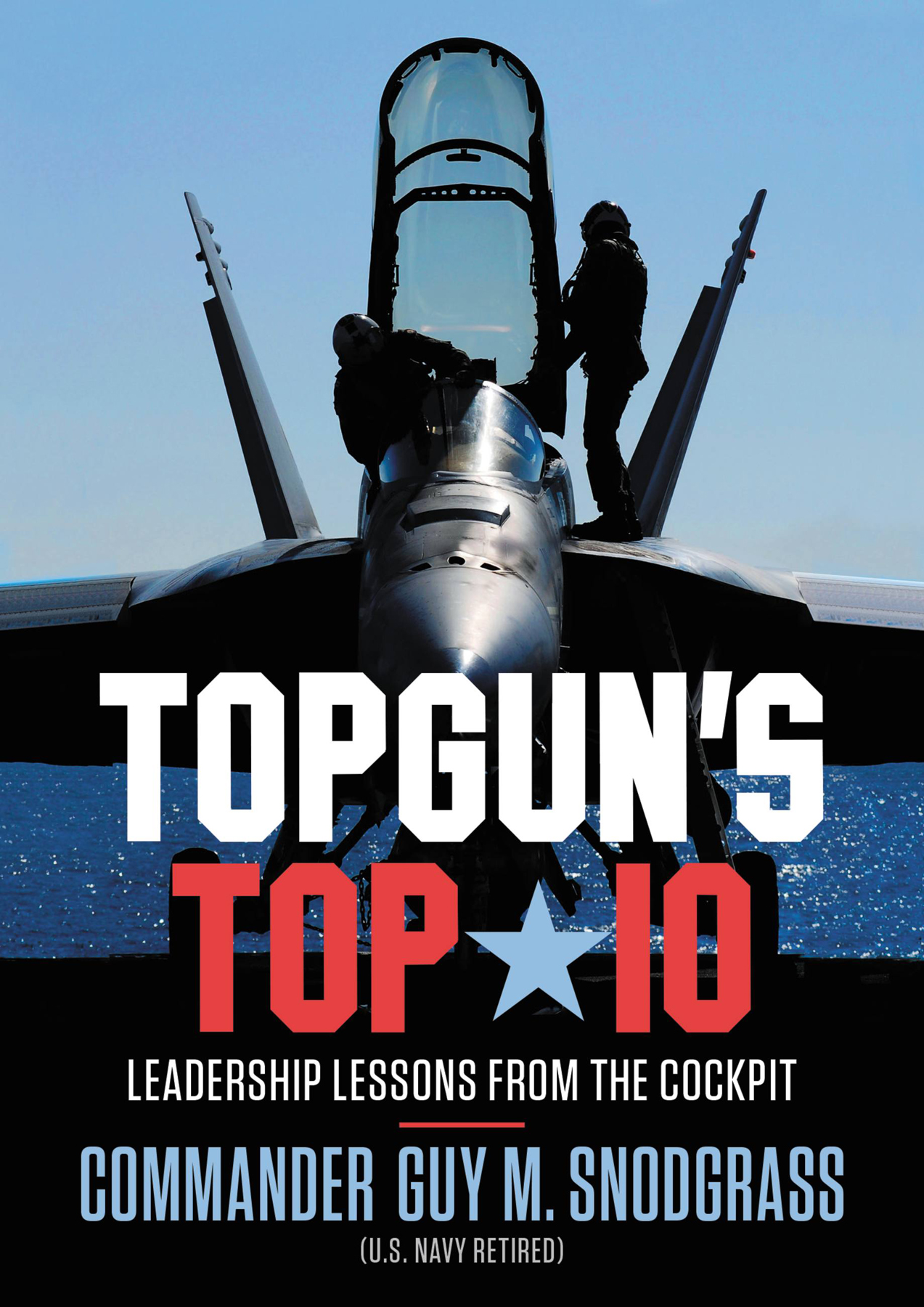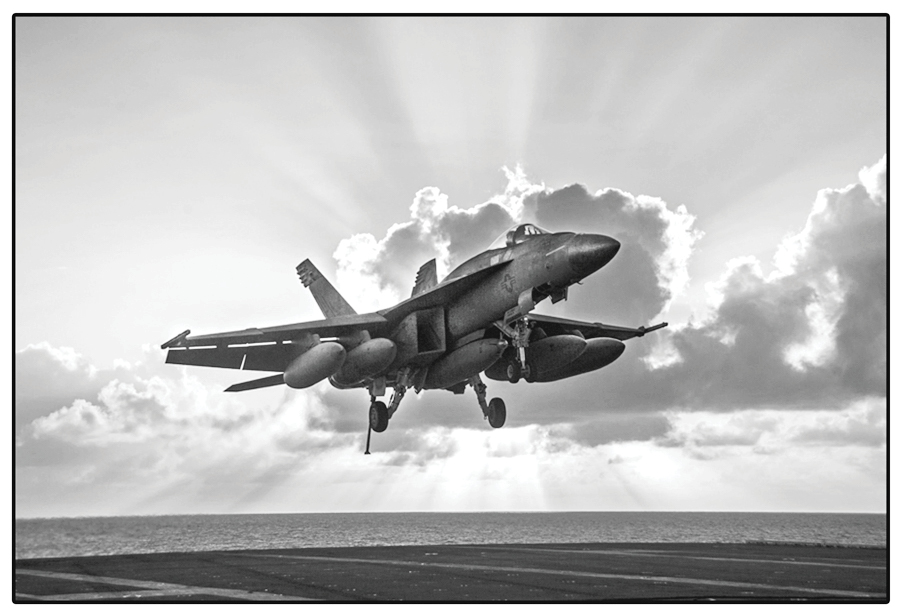Guy M Snodgrass - Topguns Top 10: Leadership Lessons from the Cockpit
Here you can read online Guy M Snodgrass - Topguns Top 10: Leadership Lessons from the Cockpit full text of the book (entire story) in english for free. Download pdf and epub, get meaning, cover and reviews about this ebook. year: 2020, publisher: Center Street, genre: Home and family. Description of the work, (preface) as well as reviews are available. Best literature library LitArk.com created for fans of good reading and offers a wide selection of genres:
Romance novel
Science fiction
Adventure
Detective
Science
History
Home and family
Prose
Art
Politics
Computer
Non-fiction
Religion
Business
Children
Humor
Choose a favorite category and find really read worthwhile books. Enjoy immersion in the world of imagination, feel the emotions of the characters or learn something new for yourself, make an fascinating discovery.

- Book:Topguns Top 10: Leadership Lessons from the Cockpit
- Author:
- Publisher:Center Street
- Genre:
- Year:2020
- Rating:3 / 5
- Favourites:Add to favourites
- Your mark:
Topguns Top 10: Leadership Lessons from the Cockpit: summary, description and annotation
We offer to read an annotation, description, summary or preface (depends on what the author of the book "Topguns Top 10: Leadership Lessons from the Cockpit" wrote himself). If you haven't found the necessary information about the book — write in the comments, we will try to find it.
During a twenty-year career in uniform, Guy Snodgrass became one of the most skilled fighter pilots in the U.S. Navy, commanding combat jets over some of the most dangerous war zones in the world and he did it all using the lessons he learned at the Navys Fighter Weapons School (TOPGUN).
The real-life inspiration for the blockbuster films Top Gun and Top Gun: Maverick, the U.S. Navy Fighter Weapons School trains the top one percent of our nations fighter pilots. Over the course of twelve weeks, these pilots are drilled on aerial tactics, combat, and skills required to win in any organization. Ordinary people are transformed into world-class leaders. Pilots, like Commander Snodgrass, who remain on staff as TOPGUN instructors, are held to even higher and more demanding standards.
In TOPGUNs Top 10, Commander Snodgrass distills some of the most important lessons hes learned and taught over the course of his career into a taut, engaging book for readers of all ages and experience levels. Its the perfect gift for anyone looking to change careers, excel in the workplace, or find their way in the world after college graduation. Smart, practical, and direct, Snodgrasss account of real TOPGUN experience will inspire a new generation of leaders.
Guy M Snodgrass: author's other books
Who wrote Topguns Top 10: Leadership Lessons from the Cockpit? Find out the surname, the name of the author of the book and a list of all author's works by series.

